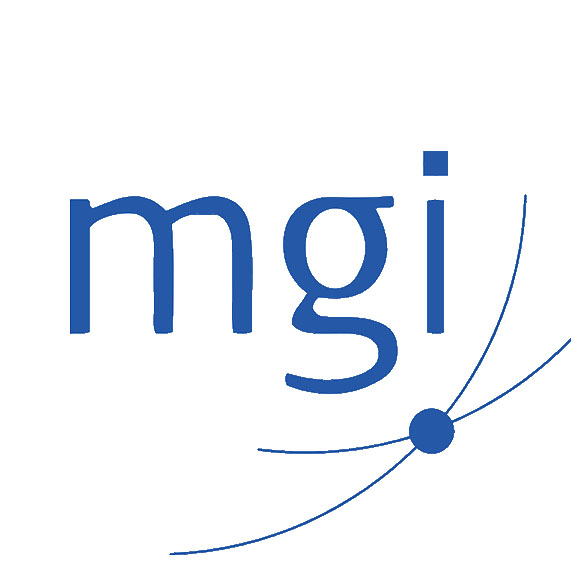The ATO has now finalised its guidance on when they will seek to apply section 100A to trust distributions made to beneficiaries who don’t receive or enjoy the benefit of that distribution.
Whilst the timing of this release may not suit many with the Christmas break fast approaching, it does provide a clearer indication of what the ATO will seek to target and waters down, ever so slightly, the draft position they released in February 2022.
The key changes include the removal of the “unhelpful” Blue Zone as the middle ground on their Risk Matrix, further and more relevant examples in the Green Zone have been provided, as well as a clearer statement on the ATO’s position on pre and post 30 June 2022 trust distributions.
You might recall the ATO published draft guidance in February 2022 essentially seeking to apply section 100A (a section introduced in the later 1970’s) to certain distributions from a trust that were made under what is termed a “reimbursement agreement”, whereby the benefit of that distribution was meant for someone other than the beneficiary.
Targeted distributions included:
- Unpaid distributions to adult children (or grandparents);
- Distributions to beneficiaries with tax losses;
- Distributions to adult children that are offset against expenses incurred for those children before they turned 18;
- Distributions to beneficiaries that were gifted or assigned to others;
- Distributions to non-resident beneficiaries that remain unpaid.
The tax consequence of applying section 100A is that the trustee is assessed on the distribution rather than the beneficiary, and the trustee is taxed at a flat rate of 47%. As you can appreciate, this got the attention of trustees, beneficiaries and their accountants across the country.
Importantly the final ATO ruling only seeks to apply their detailed views to distributions made after 30 June 2022, provided that trustees acted in accordance with the ATO’s website guidance released in 2014. This guidance was particularly brief and did not cover anywhere near the distributions highlighted as being of concern in the final ATO ruling.
We certainly hope the ATO focuses its attention prospectively and not retrospectively here, certainly where there is some doubt and we are pleased to hear that the ATO has said that in most cases, if they do seek to apply this retrospectively, it will only be within 4 years of the trustee lodging their return. This would mean the 2018 and subsequent year’s trust distributions should be reviewed to determine whether any section 100A risks do exist and how they can be mitigated.
In terms of the Green Zone, or “safe” zone, the ATO have expanded their examples of trust distributions that they will not dedicate compliance resources to. These include:
- A Beneficiary who receives their trust entitlement within 2 years of the distribution, but the ATO state that just because some of the distribution remains unpaid after 2 years does not of itself mean this is high risk (or Red Zone);
- The Individual Beneficiary (who is also a trustee or employed in a management role) leaves their trust entitlement in the Trust for the Trust to use as working capital in an active business carried on by the Trust;
- A beneficiary within the family group with tax losses loans back the trust distribution to the Trust.
The Tax Ruling also identifies that the practice of a family beneficiary to not fully draw down on their trust entitlement until they actually need it, for example to buy a home, recognising that they are at liberty to enforce their rights at any time, is likely to be an ordinary family dealing and not subject to section 100A.
However, what remains clear is that the ATO will seek to apply section 100A to situations where trustees apply current year trust distributions to adult children against expenses incurred on the child’s behalf by either the trustee or the parents before the child turned 18 years of age.
Regular or repeated gifting, assigning or loaning of unpaid trust distributions back to the Trust or other beneficiaries on higher tax rates are also Red Zone arrangements that you can expect some queries on, heightened where the original beneficiary is also a non-resident of Australia.
Whilst it will take some time to fully digest this final ruling and its accompanying guidance, trustees and their advisors will need to carefully review their prior year distributions that remain unpaid as at 30 June 2022, together with an eye on what is planned for the upcoming 2023 financial year end.
As more information comes to hand we will continue to provide you with those updates and our views on the way forward.
If you have any queries in relation to the above, please contact our office on 08 9388 9744.







